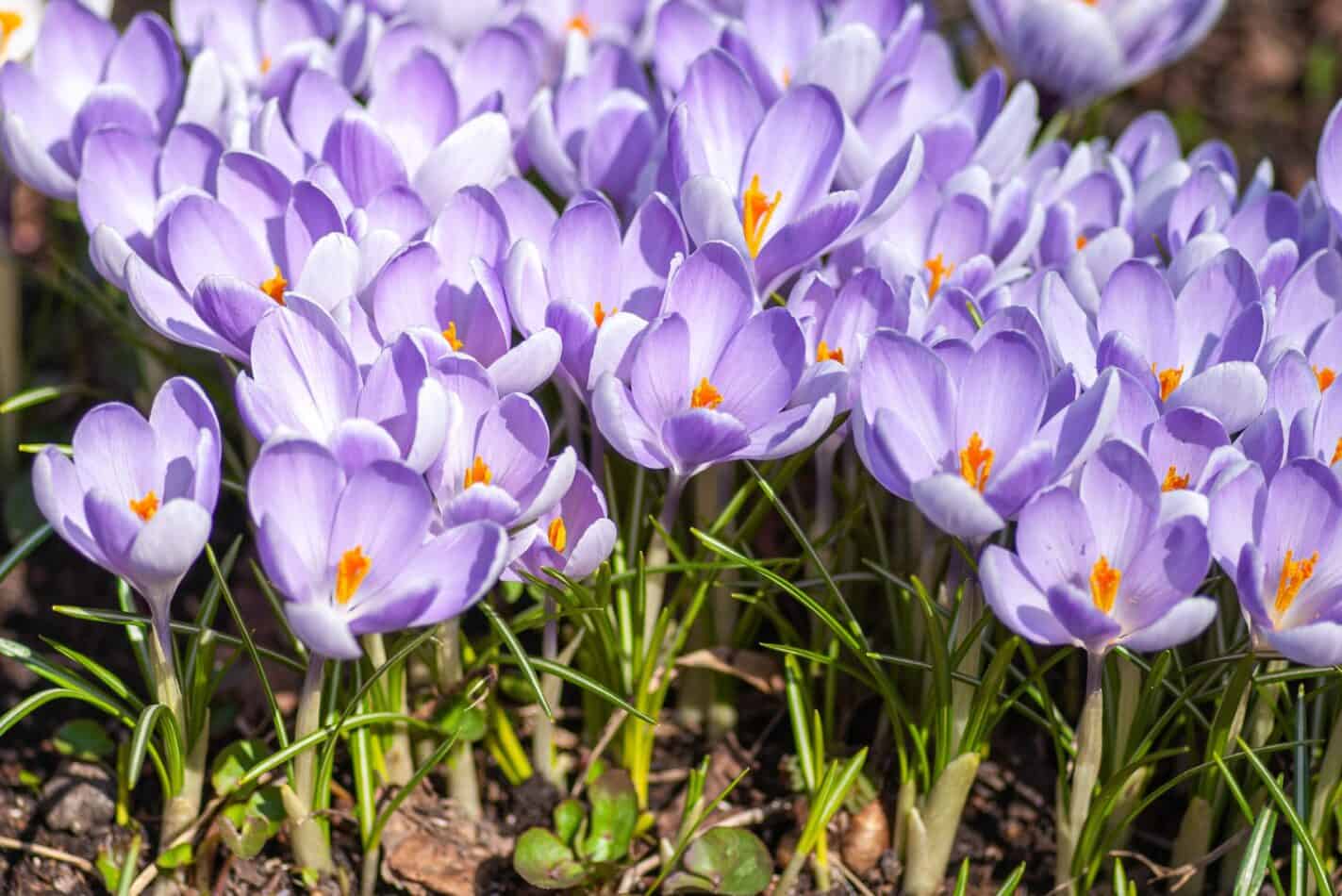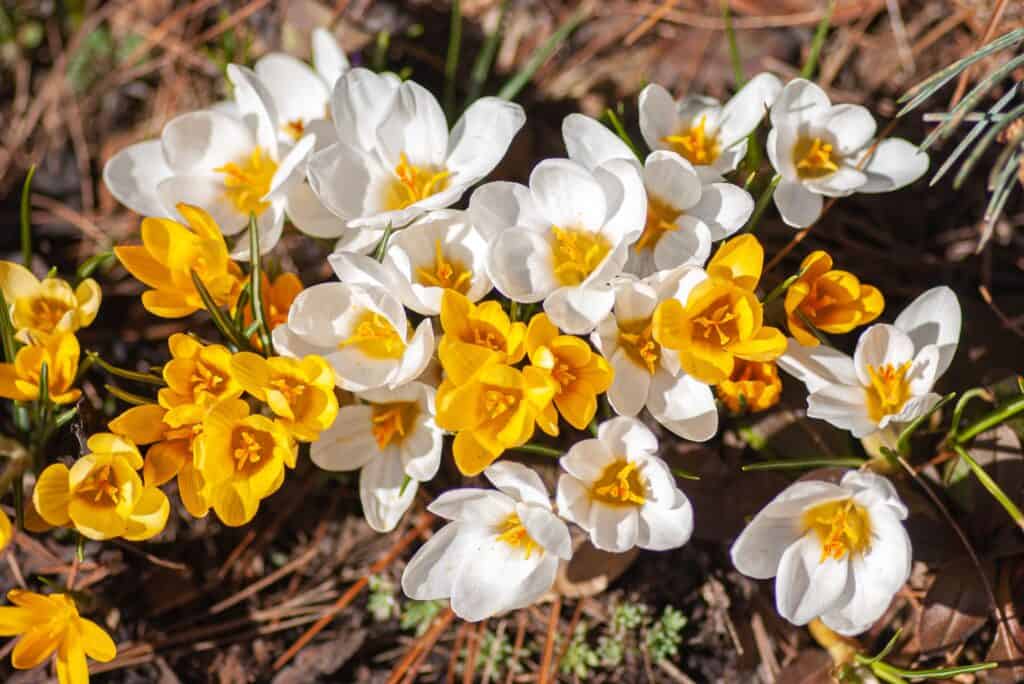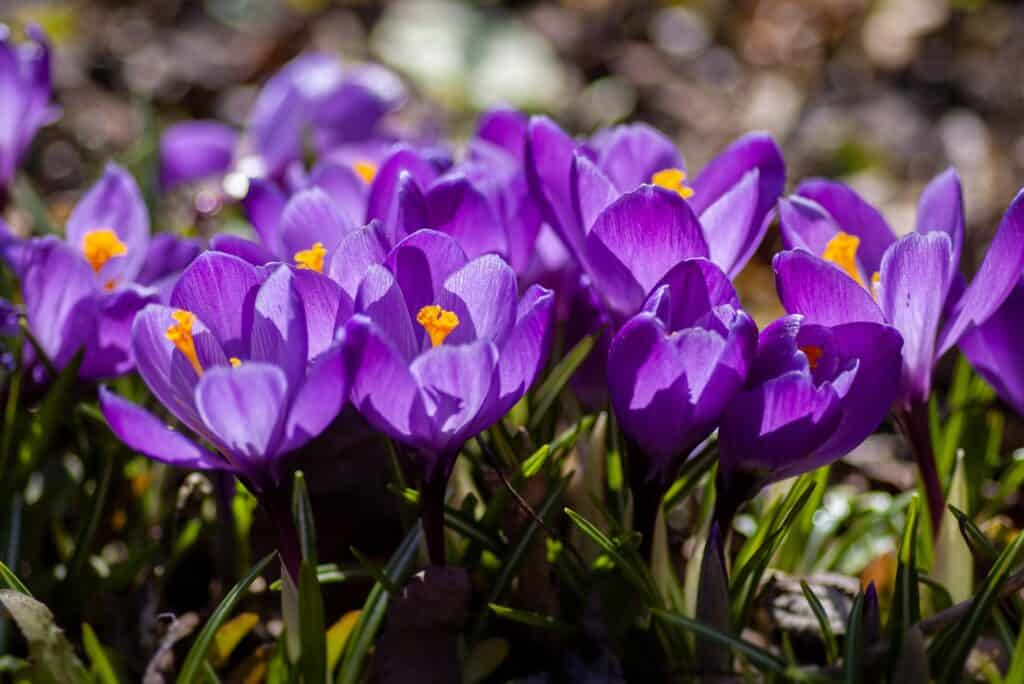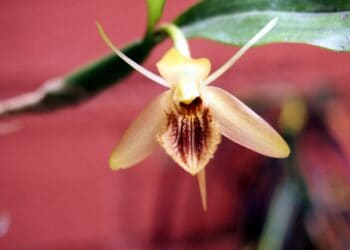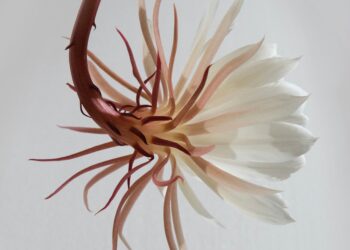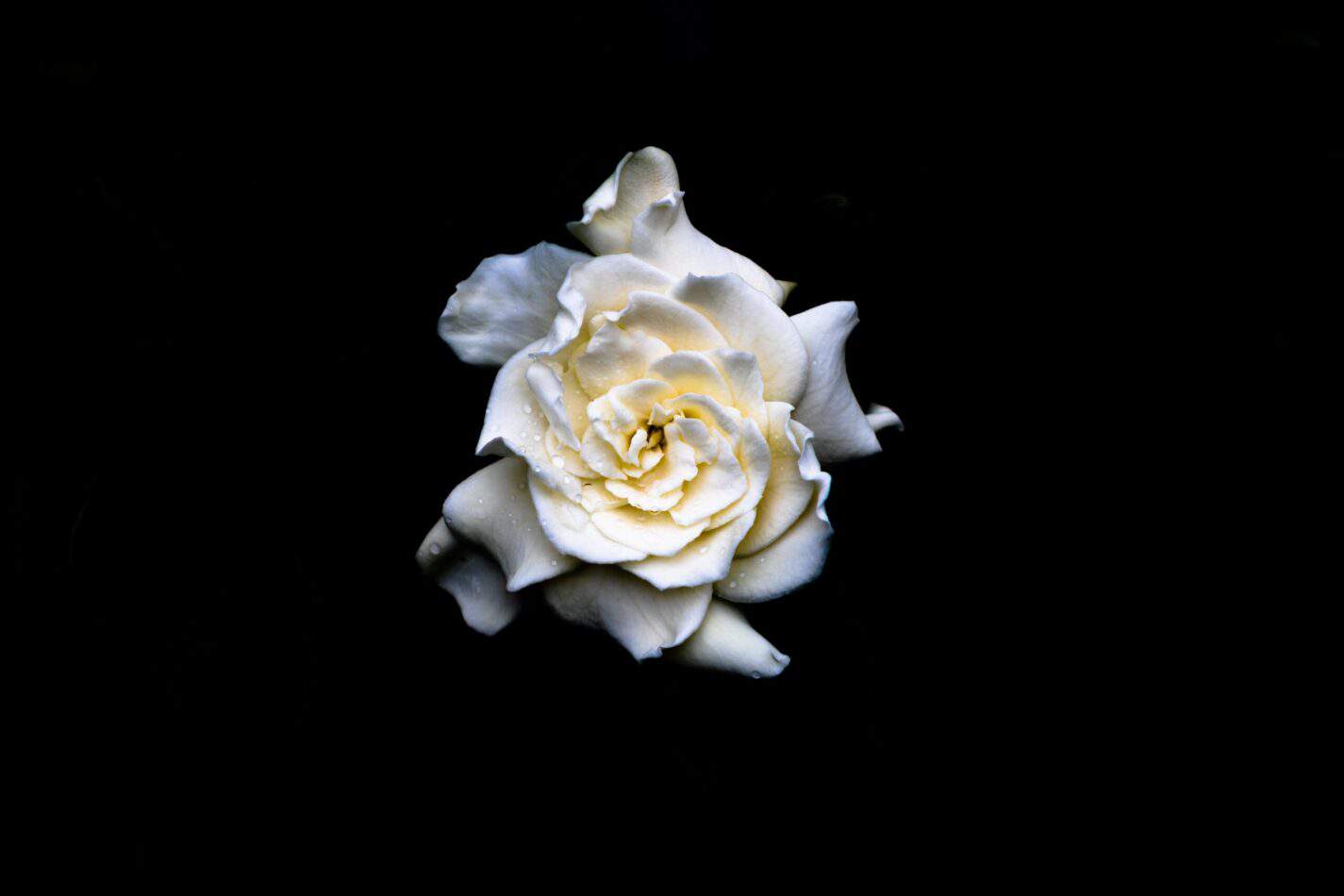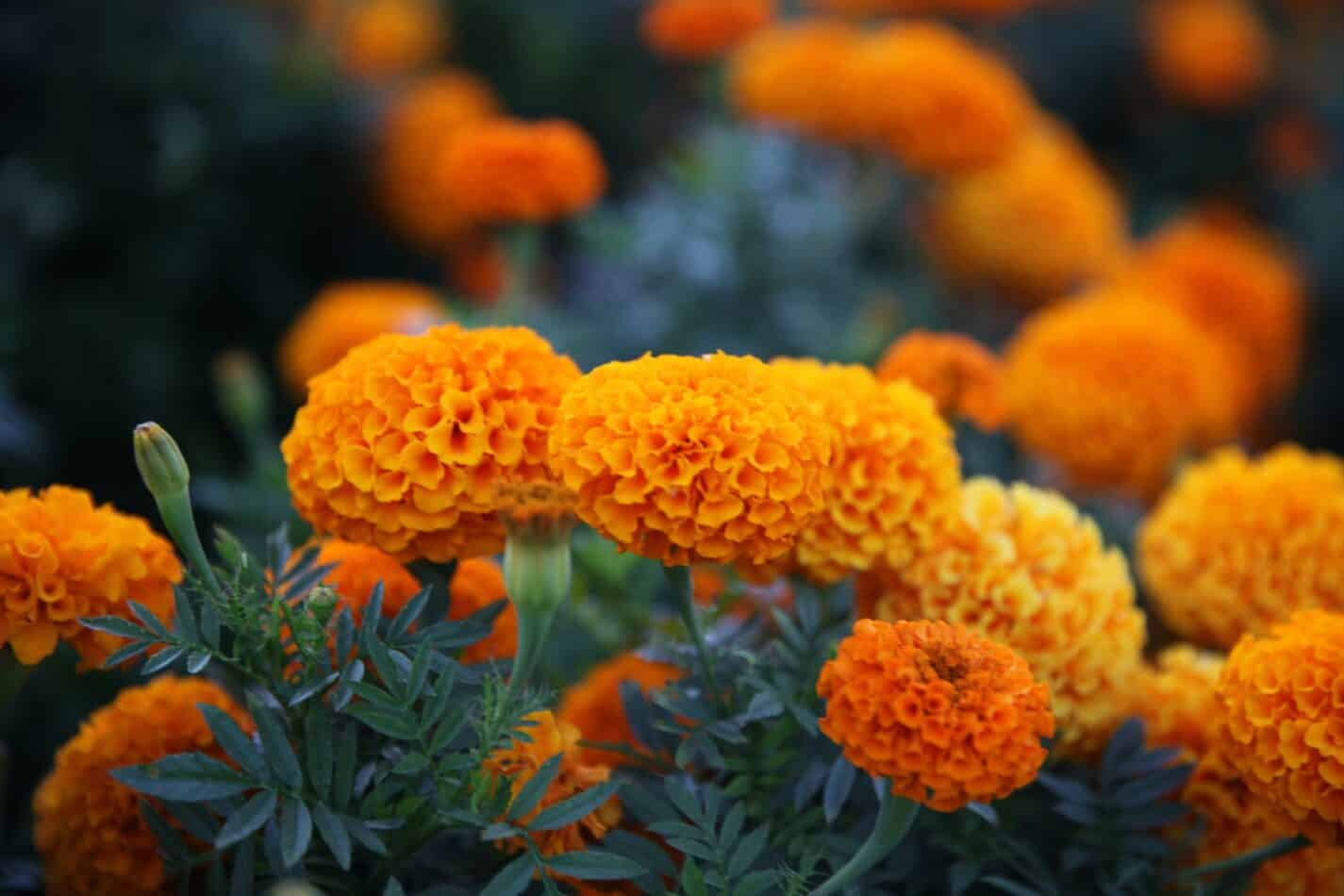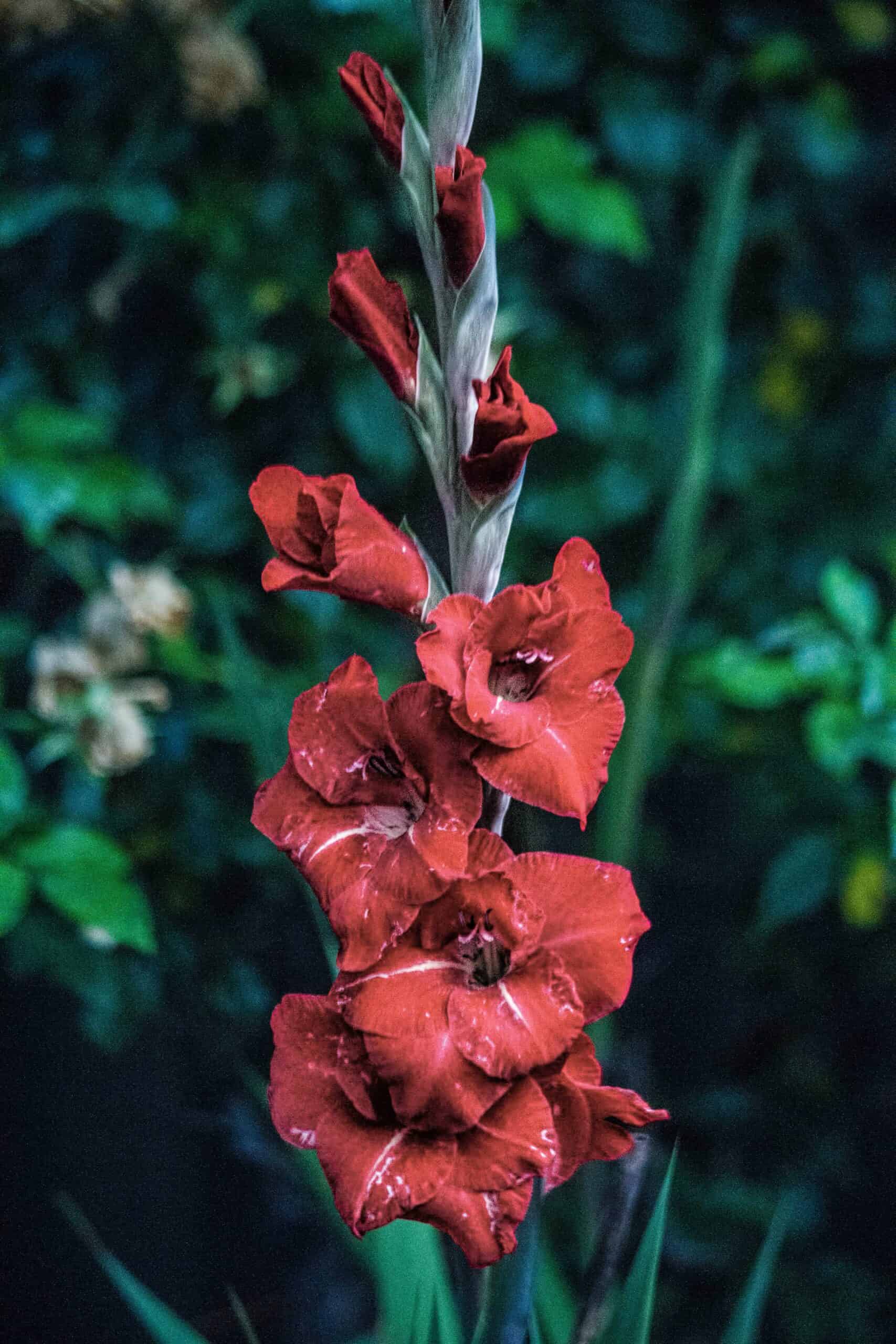Primroses are famous perennials native to the northern hemisphere, known for their bright flowers and easy-care nature. The plant blooms in a wide array of bright colors like yellow, orange, pink, blue, purple, red, and bi-colors. The size and shape of the blooms also vary depending on the variety planted. Gardeners love these lovely flowers for their adaptability to almost any type of soil or environmental conditions, and the flowers are a staple in cottage gardens.
The primrose has been a favourite flower of horticulturists for years. It has been used throughout history as a symbol of innocence, purity, and beauty. The flower’s name comes from the Latin word “primus,” which means first. It is said that the primrose represents the beginning of spring because its blossoms appear before other plants do. It’s the birth month flower for February. It’s a great choice for birthdays that fall in February.
One variety, the evening primrose, only blooms at night. This night bloomer attracts moths for pollination, so blooming in the evening gives this variety the best advantage for reproducing.
As you may expect, these perfect flowers have so many vibrant colors, shapes, and times will be surrounded by mystery and many symbolic meanings.
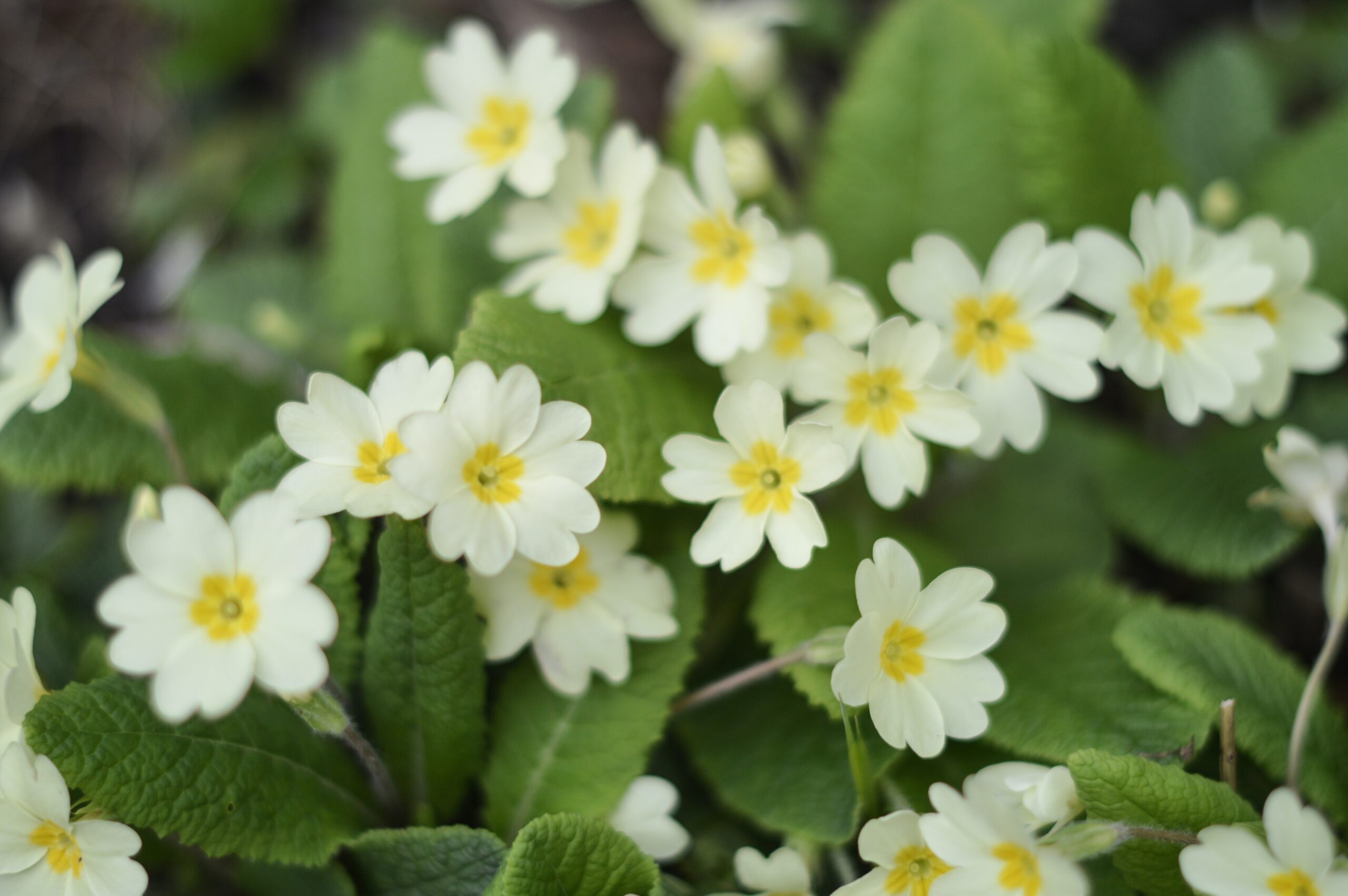
Photo by henry perks
Primrose’s Origin
Primroses have a strong cultural significance. Their wide range of botanical gardens uses to make sure any garden beds and bridal bouquets bring an array of colors to your life!
According to myth, primroses were first discovered by the goddess Hera when searching for her lost child Zeus. She found him playing among the wildflowers and decided they would make good pets. Ancient Greece believed that if you could keep a primrose alive until Easter, your wish would come true.
- In Greek mythology, the primrose is associated with Aphrodite, the Goddess of Love. It is said that Aphrodite gave birth to Eros (the God of Love) from the petals of the primrose.
- In Roman mythology, the primrose was sacred to Venus, the Goddess of Love, Beauty, and Procreation.
- In Celtic mythology, the primrose represented the soul of the dead person who had died peacefully. They also believed that a concentration of primrose was a pathway into the fairy realm.
- In Norse mythology, the primrose stood for the goddess Frigga, the wife of Odin, the ruler of the gods. It was considered a sacred flower.
- In medieval Europe, the primrose was thought to have magical powers. If you wore one around your neck, you would never get sick. You could even use them to ward off evil spirits.
- In Germanic mythology, the primrose stands for Freya, the goddess of love, fertility, and beauty.
- In Egyptian mythology, the primrose represents Isis, the goddess of healing and magic.
- In Chinese mythology, primrose symbolizes longevity and happiness.
- In Christian tradition, the primrose is one of the four biblical “royal” flowers: rose, lily, carnation, and violet.
Primrose Flower Meaning
Primroses are one of the first flowers to bloom in the spring. The name ‘primrose’ means blooming first.
- When the flowers are given to someone as a flower arrangement, they can mean the recipient has been inconsistent and bashful in the relationship.
- The plant is also given to show someone that you can’t live without them.
- The English believe that a bouquet of 13 primrose blooms means good luck. More or fewer blooms can lead to bad luck.
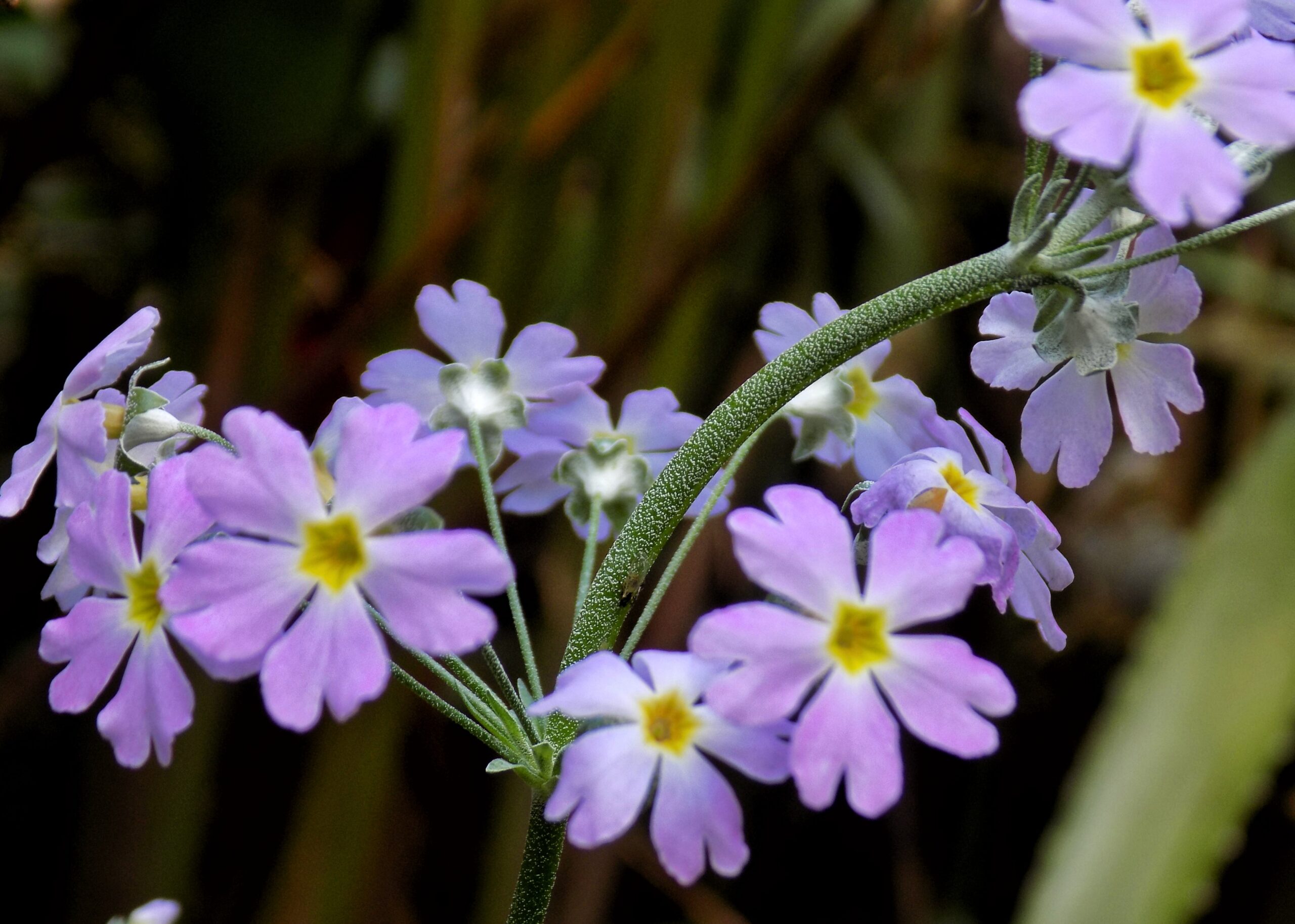
Photo by Ahe Phucho
Primrose Symbolism
- The flower is a symbol of youth and everlasting existence.
- It’s a symbol of young love.
- The flower petals symbolize all life’s stages – birth, life, consummation, and death.
- White flower typically means purity and innocence, but the meaning of the white primrose is different. They are given to symbolize sadness and mourning.
- Red primrose flowers are given to symbolize passion.
Primrose by Color
Primroses come in a variety of colors. Some of its most vivid colors have specific meanings and make a perfect addition to any colorful bouquet. But this rainbow of colors brings different messages to your recipient. Make sure you know what they mean!
- If you want to attract more attention to yourself, wear red or pink primrose in a string of flowers.
- Wearing yellow or orange primrose shows you’re happy and cheerful.
- A single common primrose flower means that you’ll soon find someone special.
Primroses in Dreams
Dreaming about seeing a bunch of primroses may indicate that you will be able to overcome an obstacle in your life.
- Seeing a single primrose flower in your dream signifies that you will receive help from someone close to you.
- A primrose in your dreams may represent a new beginning in your life. You may feel like you’ve wasted time on something that wasn’t worth pursuing, and now you may need to learn how to let go of things that no longer matter.
- If you see primrose flowers in the grass at your foot in a dream, you may be able to expect a peaceful and happy life in the awake life.
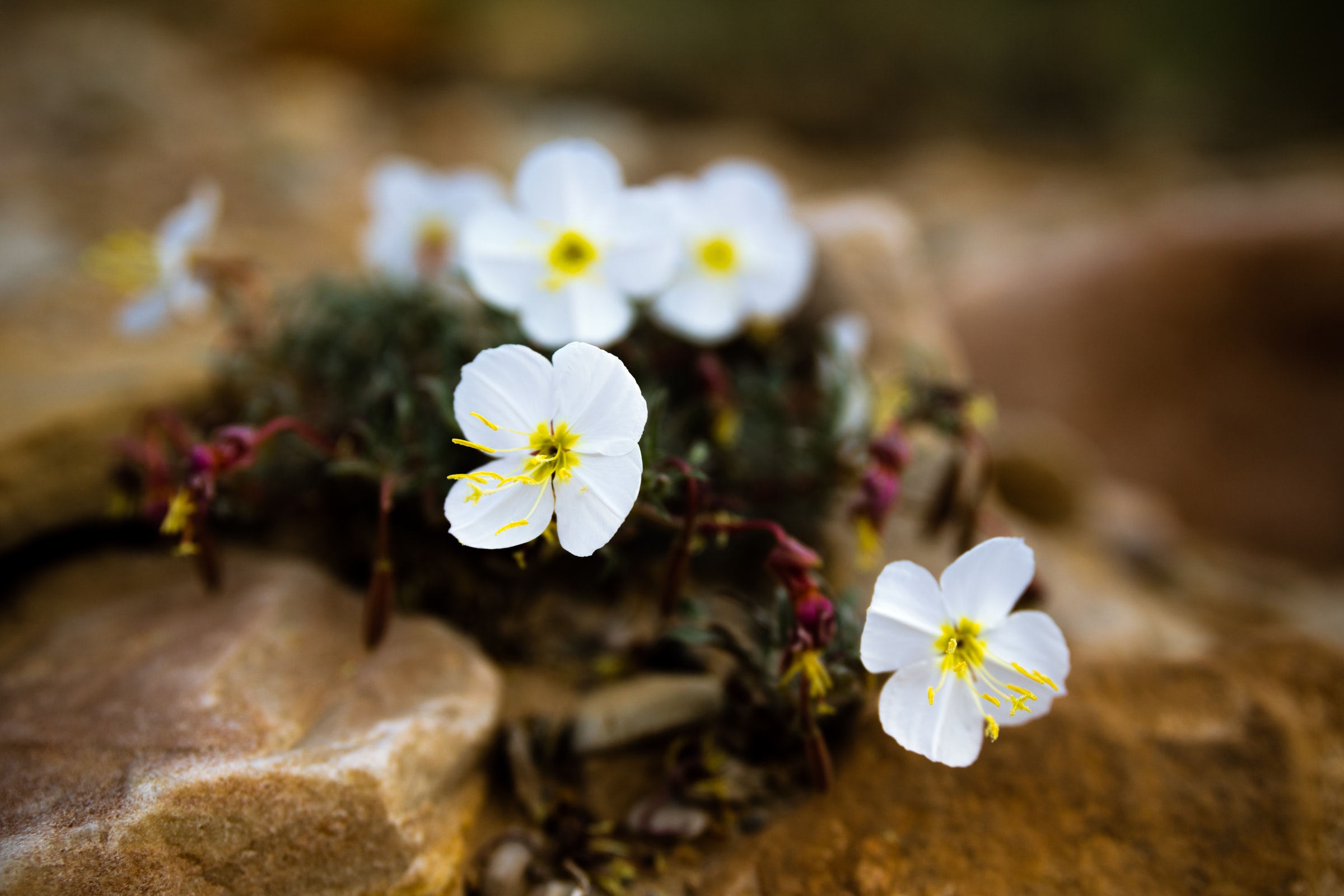
Legends
Because the primrose blooms resemble a bunch of hanging keys, many legends about the plant involve keys. They are called ‘Key Flowers’ in some parts of the world.
- One legend is that the apostle Peter’s guard of the heavenly monastery dropped the keys to Paradise. As soon as the keys hit the ground, they sprouted into an amazingly beautiful flower. The flower was named primrose.
- In many parts of Europe, primroses have been worshiped as the golden keys that open the road to the green kingdom in the spring. The plants are called the ‘Keys of Summer.’
- A German legend believes that the first young lady to find these colorful flowers in the spring to use in a wedding bouquet would be the first to marry that year.
- The Druid priests used primrose blooms to create a love potion during the time of the Celts.
- According to a Norse legend, Freya, the goddess of love, had a special relationship with the primroses. During ceremonies and rituals held to honor her, primrose petals were placed on her altars.
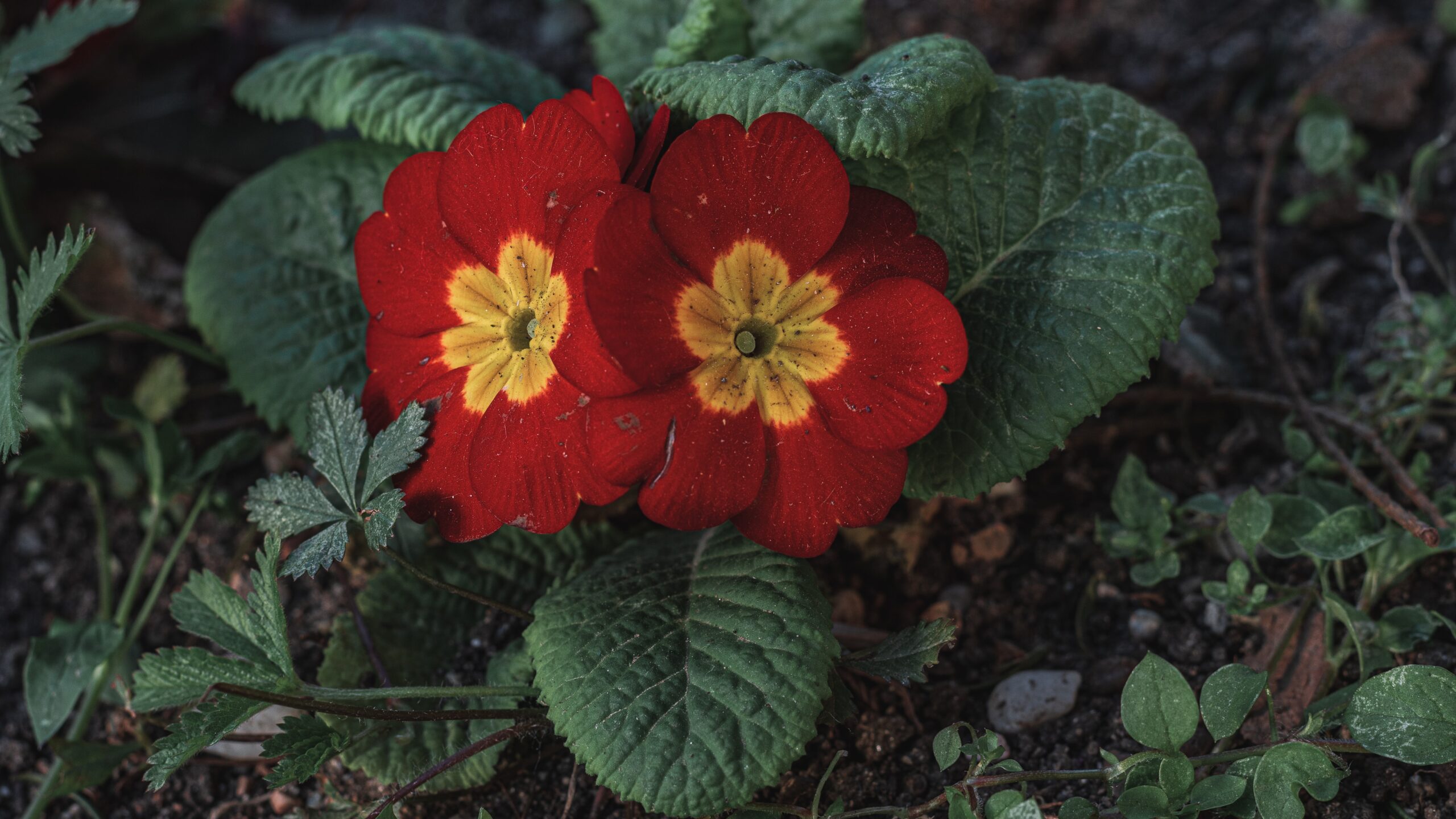
Photo by Mauro Zacconi
Health Benefits
Primrose has long been used to promote health and well-being. All plant parts are edible and used in various home remedies. For centuries, the roots and flowers have been used as emetics, sedatives, antispasmodics, and astringents.
- An old English tradition was to eat the young leaves in the spring on a salad and use the plant roots as a spice to promote year-long health.
- The plant is safe for human consumption but is toxic to dogs, cats, and horses.
- Boiling water was poured over crushed leaves to make a tea that was said to bring a person cheerfulness and health.
- The oil in the plant seeds contains omega-6 fatty acids. This essential fatty acid has anti-inflammatory properties and is used to reduce chronic inflammation in the body.
- It has been used for centuries to treat migraines, headaches, coughs, colds, allergies, asthma, PMS, arthritis, and high cholesterol.
Primrose Species
There are two main types of primroses: Primula veris (or common primrose) and P. acaulis (or wallflower). Both species grow wild throughout most of Europe.
Common primrose
P. veris is native to Europe and Asia. It grows from 2 to 6 inches tall. The flowers bloom between April and June.
Wallflower
P. acaulis is native to North America. It can grow up to 10 inches tall. The flowers appear in May or June.
Both species produce small yellow flowers.
What we love from Amazon this week
Buy these wonderful flowers directly from Amazon:


